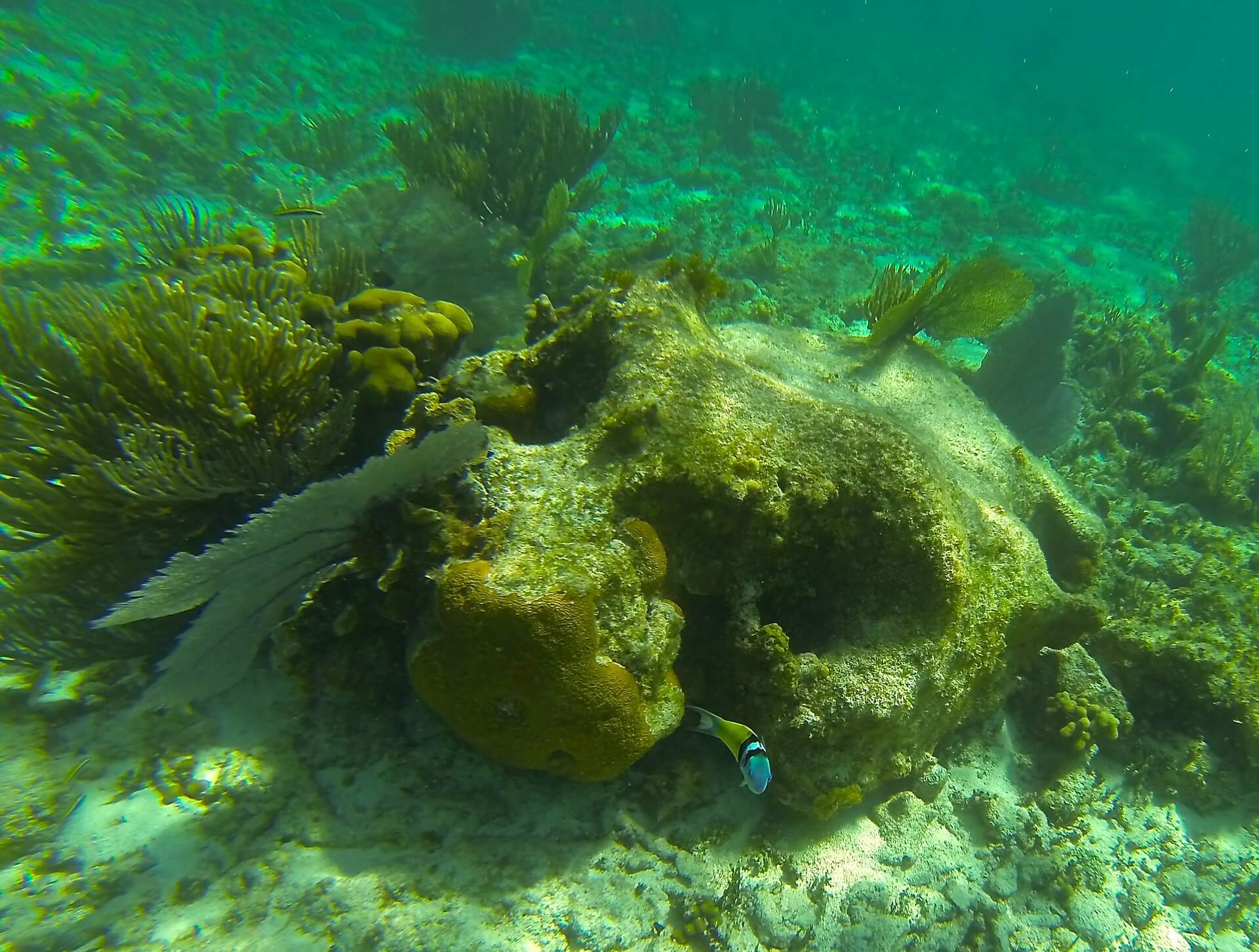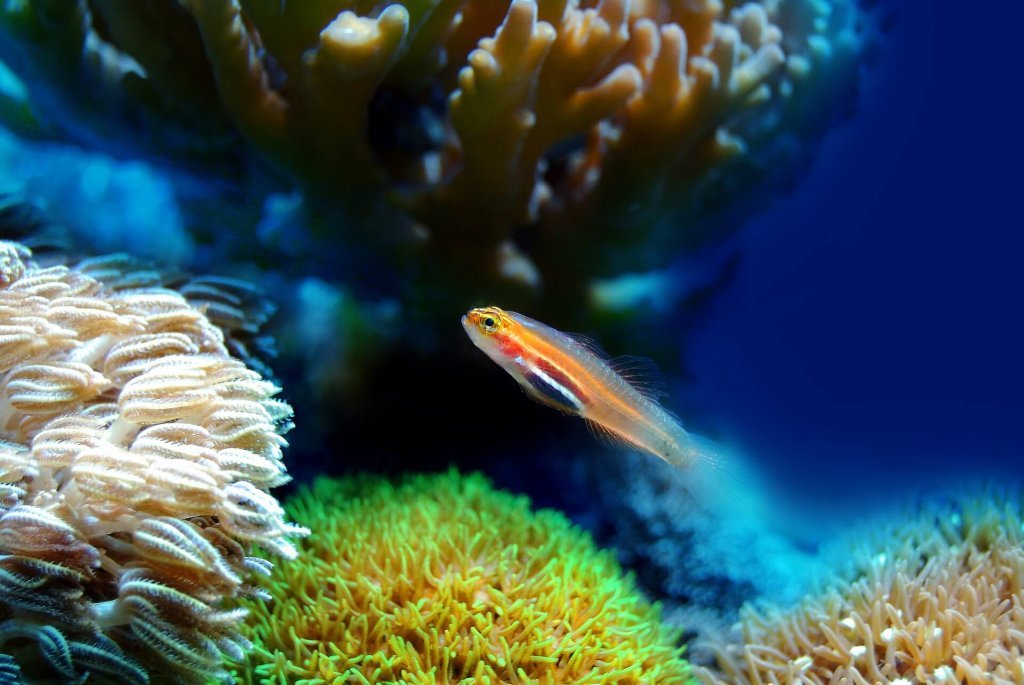Business
Damage to Caribbean coral reefs due to hurricanes Irma and Maria revealed
The two Category 5 hurricanes affected the Caribbean coral reefs and made them vulnerable to damages.

Irma and Maria, two Category 5 hurricanes this year, claimed many lives and destroyed a huge number of properties and infrastructures when they wrought havoc in the United States and the Caribbean region back in August and September. But little do people know that aquatic life is also affected as a group of scientists from various American universities recently revealed that coral reefs in the Caribbean islands took damages because of the hurricanes.
The Independent reported that the scientists explored the reefs near the island of St. John last November to study these underwater ecosystems. The Caribbean coral reefs serve as a natural habitat for various fishes and sea creatures. The scientists will also research how the hurricanes affected them and how they can recover in the aftermath of the two hurricanes.
Looking at the damages
A marine biologist at California State University, Northridge named Dr. Peter Edmunds said that reefs in shallow waters suffered heavy damage. Some coral colonies had their branches detached, and bacteria and algae covered some of them as well.
On the other hand, other colonies were not lucky as the hurricanes have completely destroyed them. According to University at Buffalo geologist Dr. Howard Lasker, debris, and sand that came from big waves that the hurricanes caused struck these colonies, leading to their destruction.
To further elaborate the damages, Edmunds said that sand scour were found, soft sponges and corals were removed from the bottom, and boulders were also thrown around the sea because of the hurricanes, per CSUN Today.
However, reefs located in deeper parts somehow offered a sign of hope as there were less obvious signs of damages. But upon a closer look, corals attained damages, and some were out of their usual spots as well.
Edmunds also said that the reefs are now vulnerable to more damages and that they also found many underwater projectiles that can cause harm to them when another storm picks them up and throws them onto the reefs.
Continuing the study
The two scientists want to visit the reefs again in the future to continue observing the progress of their recovery. As what Science Daily reported, the hurricanes gave them an opportunity to learn more about the coral reef’s recovery from such disasters. Lasker stated that “it’s an interesting natural experiment” because it will give them a deeper understanding of how reefs recover from suffering such damage.
To be more specific, Edmunds and Lasker will work on studying how fast the reefs can repopulate sites that are heavily affected by the hurricanes and if damaged colonies can either recover or wither and die.
They have been studying reefs at St. John for quite some time, detailing all the coral reefs inhabiting such place and looking at photos taken back in 1987 to compare the changes that the reefs have undergone throughout the years. But the hurricanes have made their study more complex because they became additional variables in the study.
Lasker likened the hurricanes to wildfires in terms of their effects on the reefs and the forests, respectively. According to Lasker, just like wildfires, hurricanes are part of the natural occurrences and are damaging the reefs, but after the hurricanes leave, the population recovers. After a few years, the reefs begin to return after a time of disruption, similar to forests after fires.
“Super-corals”
Speaking of recovery, the Christian Science Monitor reported that there are some coral species that will adapt to the rapidly changing conditions of the ocean, even the harsh ones.
A team of researchers led by Ohio State University marine scientist Andréa Grottoli put some corals in a tank on Coconut Island in Hawaii and exposed them to some severe ocean conditions for two years. When the corals were collected from the reefs near Oahu, some of them bleached, while others maintained their color despite the conditions.

Coral reefs can be resilient regardless of the rising temperatures, overfishing, and pollution. (Source)
This astounding resilience of the surviving corals showed that reefs can last long in the future even with all the hazards surrounding them such as rising temperatures, overfishing, and pollution. However, the possible dominance of these surviving reefs can put biodiversity at risk, and scientists are trying to consider the factor of having fewer coral species in keeping the aquatic ecosystem alive.
Grottoli stated that when diversity is low in an environment and a disease afflicts them, it might eradicate an entire species in one fell swoop, and everything is lost, jeopardizing the resilience of the environment. So Grottoli’s team is looking for “super-corals” that can withstand the tests that nature throws at them.
They have already found some corals in the Gulf of Aqaba that can endure 6ºC higher than their average temperature during the summer before bleaching. And even when they collected in Hawaii a super-coral species that is also found in the Red Sea, the Hawaiian population failed to resist the 2ºC increase in temperature, and it led them to believe that adapting to the conditions of the place can contribute to the differences in characteristics of corals.
Genetic diversity also has a role in reinforcing the resilience of corals. University of Texas coral geneticist Mikhail Matz said that it can hasten the adaptation process of the corals, which can help in giving more of the resilience that the reefs need. But with the global temperatures rapidly increasing, organisms with weak adaptation will die and cause the population and genetic diversity to diminish.
Regardless of such circumstances, ecologists still think there is hope because they found via a study that the surviving reefs can assist others in recovering. Reefs in good condition can be spread in the oceans to refill and perhaps replace dead or weak reefs around Australia’s Great Barrier Reef. This knowledge can ensure that reefs will truly survive long albeit with some changes in their characteristics.

-

 Crypto2 days ago
Crypto2 days agoEthereum Momentum Builds as Bitcoin Rallies and Trilemma Claims Emerge
-

 Crowdfunding1 week ago
Crowdfunding1 week agoCrowdfunding Grants Open for Business Projects Until January 2026
-

 Biotech1 day ago
Biotech1 day agoHaptena Therapeutics Launches with €3 Million Funding to Target KRAS-Mutated Tumors
-

 Crypto1 week ago
Crypto1 week agoBitcoin in 2025: Mainstream Momentum, Price Weakness, and a Pivotal Year Ahead


























You must be logged in to post a comment Login